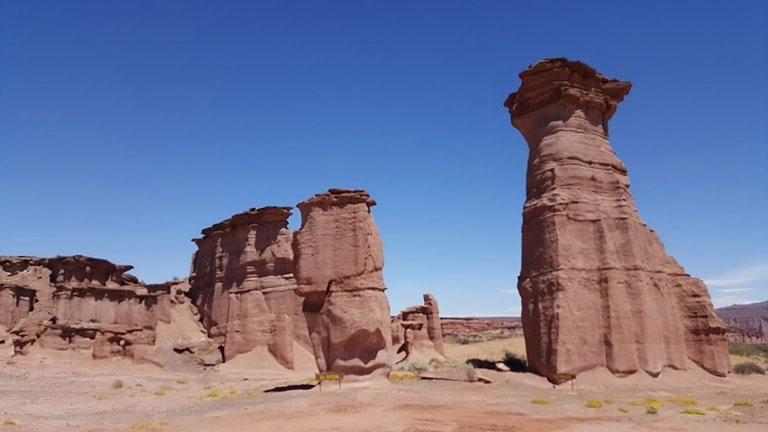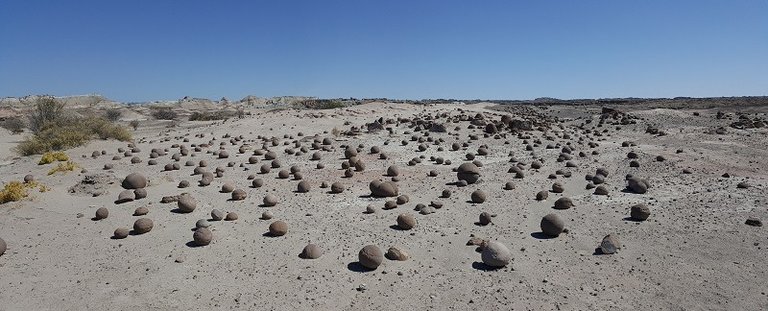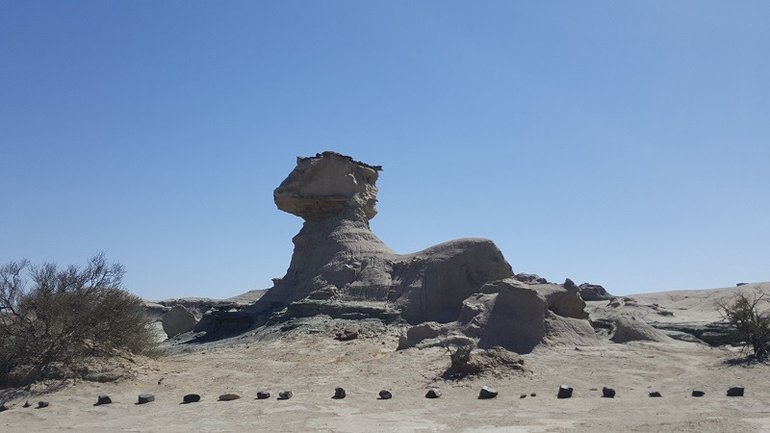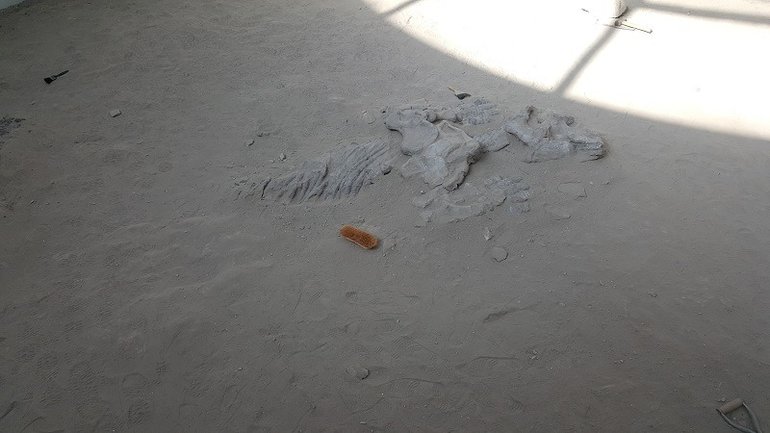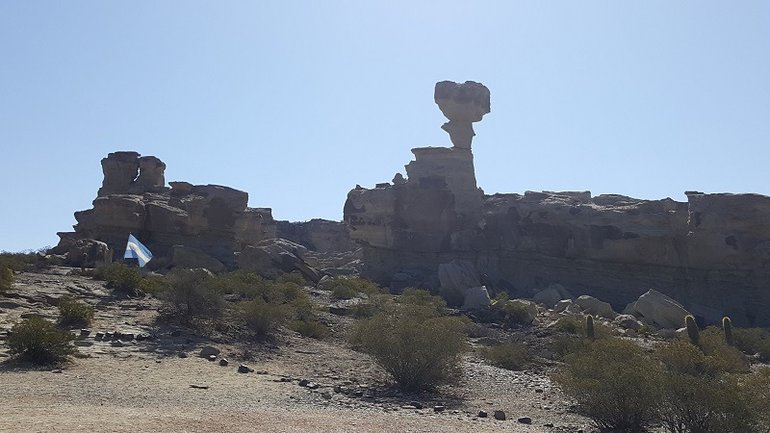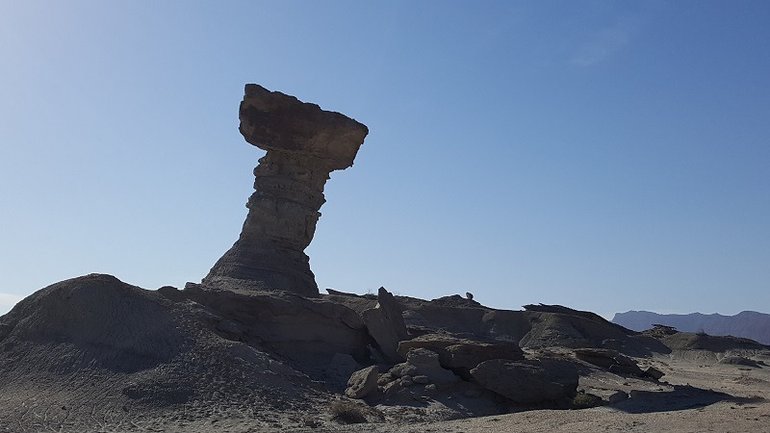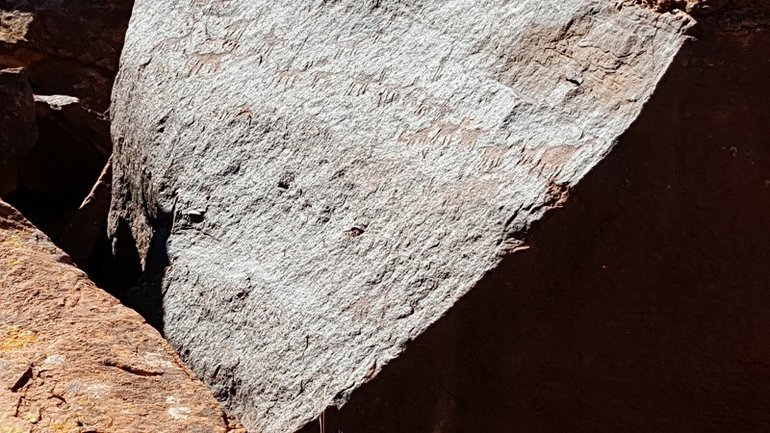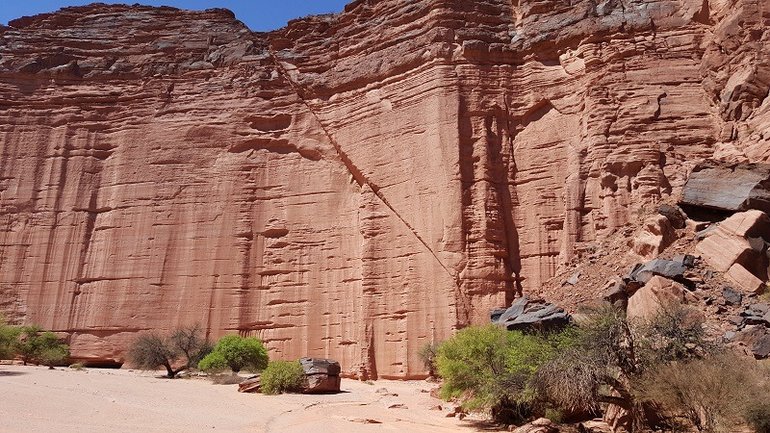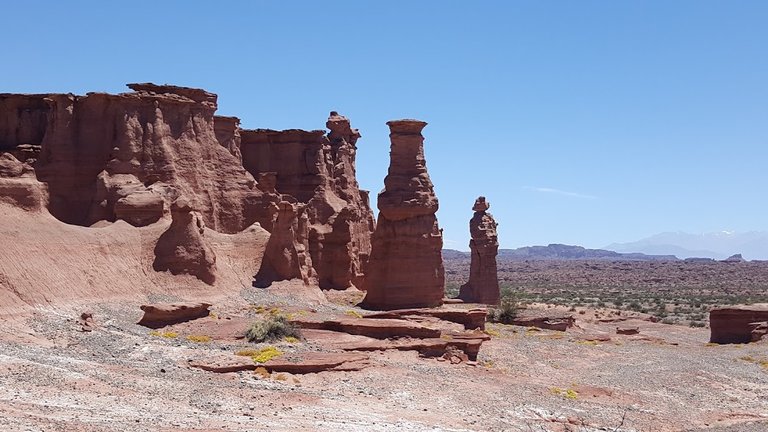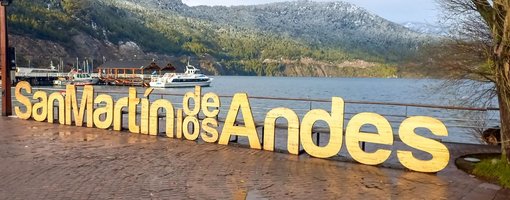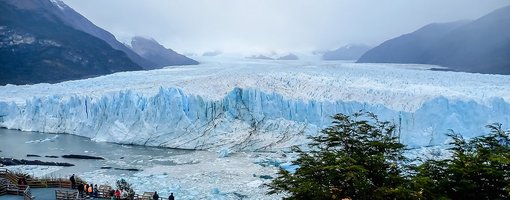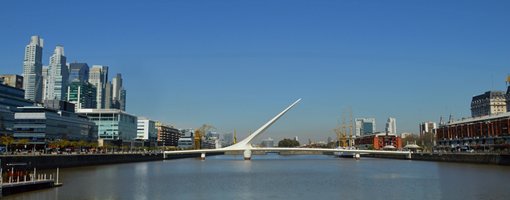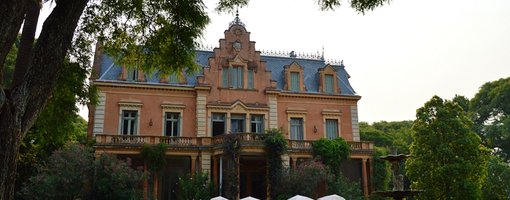If you love adventure and road trips are part of the joy of traveling, you must visit El Valle de la Luna and Talampaya.
The Valle de la Luna and Talampaya are two extraordinary natural wonders located in Argentina. Nestled in the provinces of San Juan and La Rioja, these sites offer a captivating journey through ancient geological formations and a glimpse into the rich cultural heritage of the region.
The Valle de la Luna, renowned for its moon-like landscapes, showcases the impressive erosion patterns carved by wind and water over millions of years.
On the other hand, Talampaya National Park unveils towering red canyons, petroglyphs, and archaeological remains, providing a window into the history of ancient civilizations. Together, these destinations offer an unforgettable experience for nature enthusiasts, adventure seekers, and history buffs alike.
El Valle de la Luna and Talampaya
You can go directly from Buenos Aires to San Juan by taking a flight. From there, you can catch a bus to Villa Unión. From Villa Unión, you can take the excursion to the Valley of the Moon.
We flew from Buenos Aires to Mendoza, rented a car, and from the city of Mendoza, we headed south to Lujan de Cuyo, the beautiful Tupungato. Taking the RP86, we drove up to Potrerillos and Uspallata.
We entered San Juan through the incredible Pampa del Leoncito, Barreal, and then drove up on the RP406/412 to Tamberias, Calingasta, and Rodeo. Continuing on the RN150, we reached Jachal, and then took the RP49 to Villa Mercedes and Huaco.
These places deserve another article!
We continued on the RN150, traversing "Martian-lunar" landscapes on well-maintained roads, until we arrived at the entrance of the first of the parks:
Ischigualasto – Valle de la Luna (The Valley of the Moon)
IMPORTANT NOTE: Keep in mind that, like Talampaya, this park is in the middle of nowhere, so there is no signal for card payments. Therefore, all transactions are in cash.
Make sure to carry enough cash with you, as the nearest ATMs are located in Villa Unión (La Rioja), about 100 km from the park entrance, or in San Agustín del Valle Fértil (San Juan), approximately 80 km away.
The park is visited in caravans of approximately 10 cars, following the lead guide's vehicle. It has 5 stations or stops, in an approximately 3-hour journey covering a distance of 40 km.
In Ischigualasto, the first period of the Mesozoic Era, known as the Triassic, is represented.
The Triassic is a period that occurred over 200 million years ago. It is found buried under sediments that have accumulated over time, at great depths, in various parts of the world.
However, in Ischigualasto, this period has been exposed. As a result, it has been determined that Ischigualasto is the only place in the world where a complete sequence of continental sediments from the Triassic Period can be found.
This is the reason why UNESCO declared Ischigualasto as a "World Heritage Site" in November 2000.
Valle Pintado (Painted Valley)
The first stop is Valle Pintado. Due to its resemblance to a lunar landscape, it was once named Valle de la Luna (Valley of the Moon), a term that became synonymous with the entire area. It is here where the majority of the remains and fossils found in the region have been discovered. It's like a Disney World for paleontologists, as the wind has done the work of uncovering most of the fossils, leaving them almost fully exposed.
Cancha de Bochas (Bowling Alley)
Continuing on, we reach Cancha de Bochas
Here, dozens of rocks can be found that have acquired a perfect spherical shape - without any human intervention - through a prolonged process of sedimentation.
The park was declared a Provincial Park in 1971, and it was from that date onwards that its heritage began to be protected. It is said that prior to that, this place was neglected and as a result, a large number of pieces, including las bochas (the bowling balls), were stolen. Today, only a small portion of them remains, and they are the smallest ones.
La Esfinge (The Sphinx)
On the way to this station, you will also see La Esfinge.
It is another geological formation known for its resemblance to the Egyptian Sphinx. The tour is surprising due to the multitude of "geological formations" carved by wind erosion.
Dr. William Sill Museum
The on-site museum, Dr. William Sill, was built around a fossil, the Eoraptor, a dinosaur discovered by Dr. Ricardo Martínez from the Museum of Natural Sciences in 1991.
El Submarino (The Submarine)
El Submarino is located in the highest part of the park. It is one of the iconic images of the park, showcasing the unique shape resulting from erosion.
Until recently, it had a "companion." However, the action of the wind constantly modifies the rocky features, so perhaps tomorrow, this geological formation may no longer exist.
El Hongo (The Mushroom)
El Hongo is the most widely recognized image, not only of Ischigualasto Park but also of the entire province. It has become the iconic symbol of tourism in San Juan.
Here, the effects of differential erosion are clearly visible, with the softer rock at the base of the formation being more eroded than the harder rock, which remains balanced at the top.
From here, you can enjoy an exceptional panoramic view of the Barrancas Coloradas and Cerro Morado.
Interpretation Center and Museum
The tour concludes at the parking area.
There, you'll find a museum that aims to showcase the paleontological aspects of Ischigualasto. You'll be able to see some fossil remains found in the area, which are magnificently displayed.
This is where you can truly appreciate the paleontological value of Ischigualasto, which ultimately led UNESCO to declare this park as a World Heritage Site.
It is recommended to visit around 2:00 PM in winter.
And at 8:00 AM or 5:00 PM in summer.
During these hours, you can enjoy the best natural light for photography, and the temperatures are more pleasant. Whether you visit in winter or summer, always bring provisions of water, a hat, sunglasses, and sunscreen.
You can end your tour by having a traditional Argentine barbecue dinner. I recommend the Parrillada Comedor Ruta 40 in Villa Unión, accessible via Route 76.
Talampaya
Talampaya National Park is our destination the next morning, located just outside Villa Unión. Spanning over 215,000 hectares, the park is renowned for its breathtaking natural beauty.
To reach the heart of Talampaya, we take the R76 and find the entrance at kilometer 144. This is where the tourist center is located, serving as the starting point for the park's guided excursions.
The park offers three excursions: El Cañón, Cajones de Shimpa, and Los Cajones. We opted for the Cañón tour, which takes us through the Rio Talampaya riverbed in a 4x4 truck.
The Cañón tour includes four stops:
Los Petroglifos (The Petroglyphs)
The petroglyphs were made by the ancient inhabitants of La Rioja. Here, you can find some of the most representative examples of Riojan petroglyphs.
In the area of Talampaya National Park, temporary human occupations have been documented from the year 120 to 1180 AD.
These are figures that are believed to have been made by agro-potter indigenous people of the Aguada culture. They are set against a dark patina created by manganese dioxide.
El Botánico
At the Botanical stop, we are treated to a refreshing glass of chilled white wine and some snacks. But before indulging in this delightful break, we have the opportunity to experience the remarkable echo of the canyon by letting out a collective shout with the entire group.
La Catedral (The Cathedral)
Given the inhospitable conditions of the area, it is believed that the Cathedral formation may have served as a ritual center where mortars were used to burn hallucinogenic incense. It is also possible that it was used to ferment carob pods, creating a potent chicha beverage consumed by shamans during harvest ceremonies.
El Monje (The Monk)
As we reach the end of our journey, we encounter a section of rock formations sculpted masterfully by the relentless wind. Among these formations, one stands out: El Monje.
It is a remarkable geological formation that resembles the silhouette of a monk in meditation.
La Catedral and El Monje are just two examples of the breathtaking formations that await in the area, showcasing the incredible geological diversity and cultural significance of this unique region.
Here concludes this Road Trip through Valle de la Luna and Talampaya.
An unforgettable adventure awaits those who embark on this journey! The awe-inspiring landscapes, rich geological formations, and cultural treasures of this region make it a must-visit destination.
